Night scenes are intriguing. The mood, the mystery, and the drama are a setup for more interest, more attention.
It took me a long time before I had the nerve to attempt a night painting. I figured the values alone would defeat me. But eventually I persevered and finally realized that a good night painting is a great lesson in the basics of painting.
It’s much different than doing just a ‘dark’ painting. Painting a nocturne is similar to a scene on stage, with everything controlled by the director. (That would be you.)
Don’t wait to try one. It’s a fantastic way to understand how to use dark colors, how to mix subtle values, and how to use black.
The painting above by Winslow Homer has got to be one of the all-time greatest nocturnes out there. This one single painting influenced my career and changed my portfolio. The blue on the horizon makes the water completely believable. But it’s the wave climbing up across that blue that’s sweet.
I use this Mead Scheaffer in my online classes for composition study, but it’s great for understanding value ranges as well. The guy in the middle, with the staff, is just perfect and holds my attention.
Not all night paintings have to be greyed down. Letting the background of the composition go dark can hold the scene for the light and color to show off. On this cover for Popular Mechanics by Herb Paus, the reflection on the engine cowling is just right.
There are not many religious paintings that I’m drawn to, but this one by Ottavio Mazzonis holds my attention. It’s interesting for it’s minimal, but fully recognizable, portrait of Christ. But that great hood on the figure capturing the moonlight is perfect.
It’s too easy to suggest that the window light in this piece by Charles Rollo Peters is the passage, but I’m attracted by what supports it, like the slightly warm value of the front steps, or the stroke of flashing on the chimney. The spot that nails it, though, for me, and it’s more of a dot, is the bright star on the upper left.
The Slav Epic by Mucha is a killer series, if you’re not familiar with it. And most of them are 15 to 20 feet wide. They’re gigantic. There are many perfect passages in this piece, but I love the way he’s controlled the value of the drapery running down from the main floating figure.
What in the heck is going on here? I have absolutely no clue, and don’t care. I can just stare at this piece by Sergey Kolesov and be awed. I’m fascinated by the way the spine moves up and bends gently to the right over the creature’s back.
Frank Tenney Johnson was a marvelous western painter, and specialized in night scenes on the range. This is one of many similar scenes. He had horse anatomy down solid, like the rear ankles here. The perfect passage is where the light rolls over the horse’s shoulder, casting the shadow from his boot.
Ending with a grand nocturne from NC Wyeth for Kidnapped, “The Wreck of the Covenant.” I like the fear and loneliness this painting projects. I fell the ship moving away. The moonlight that hits the sails is…perfect.


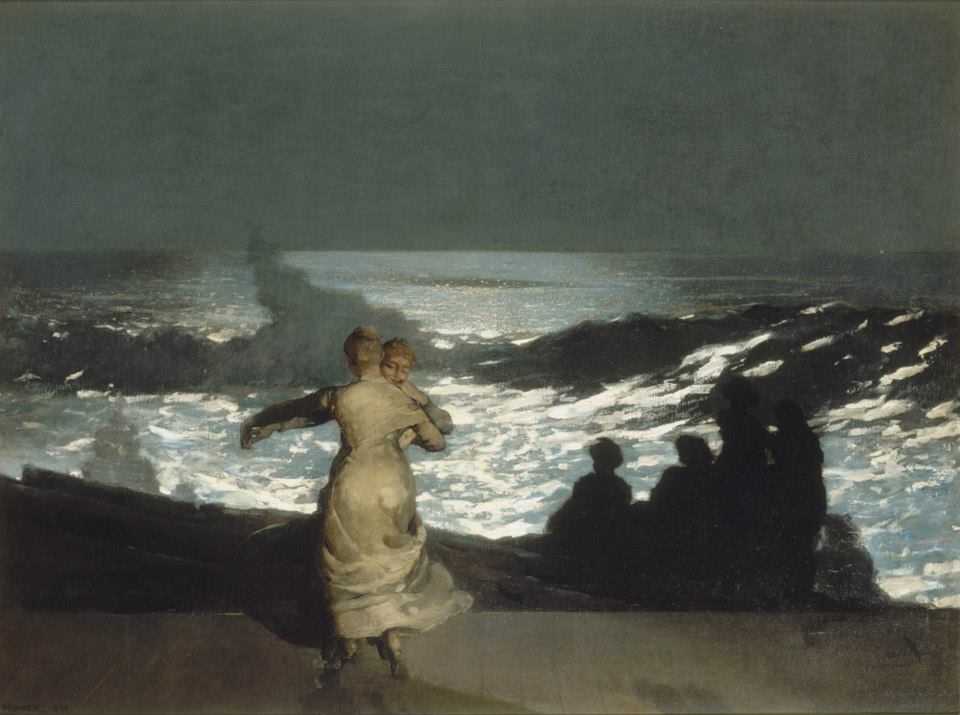
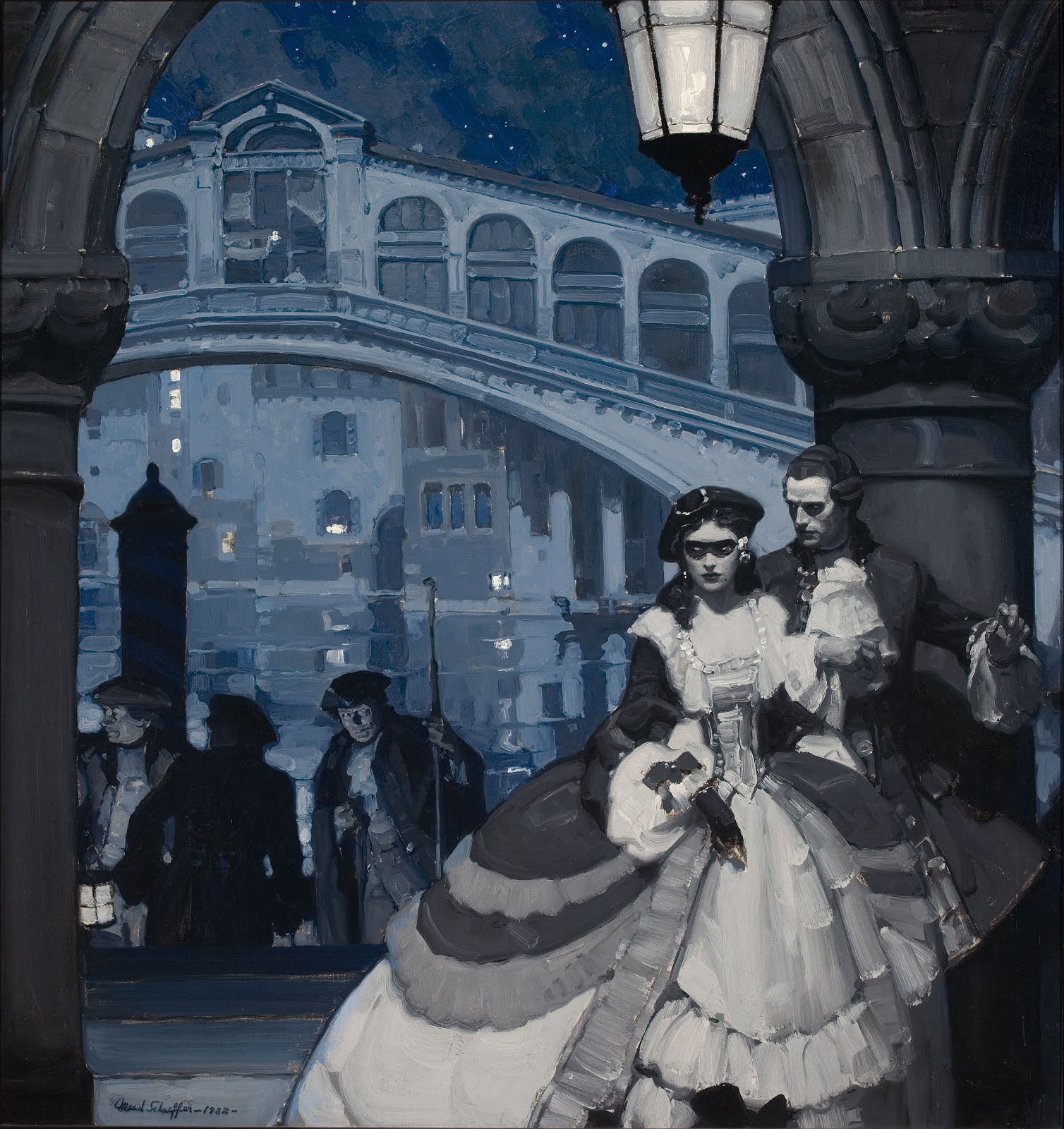
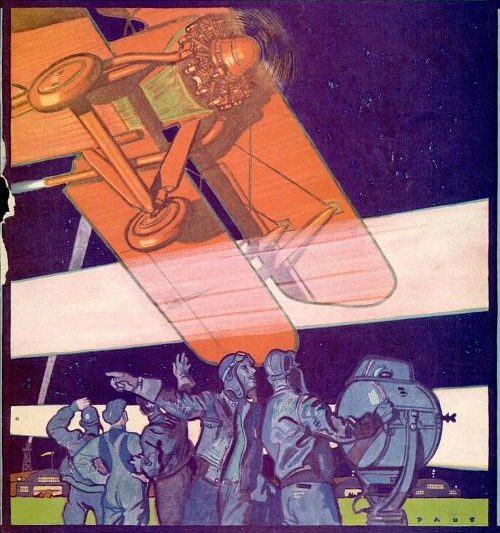
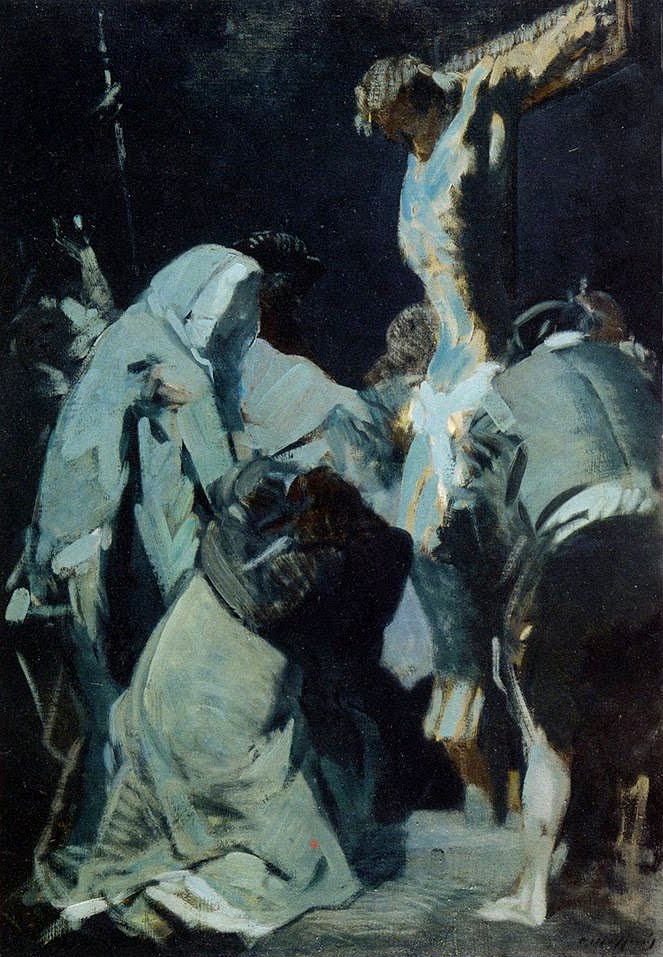

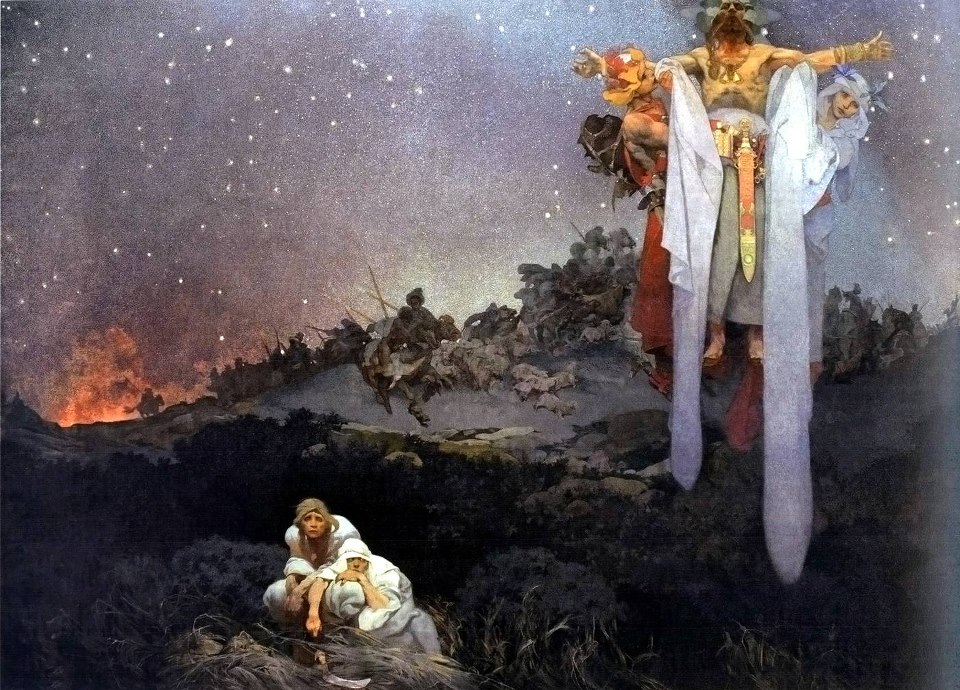
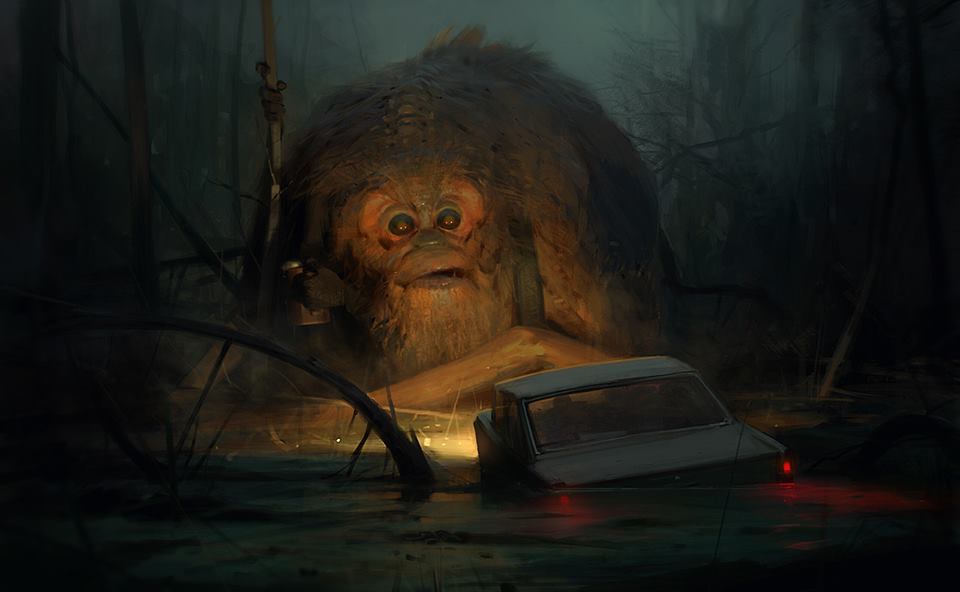
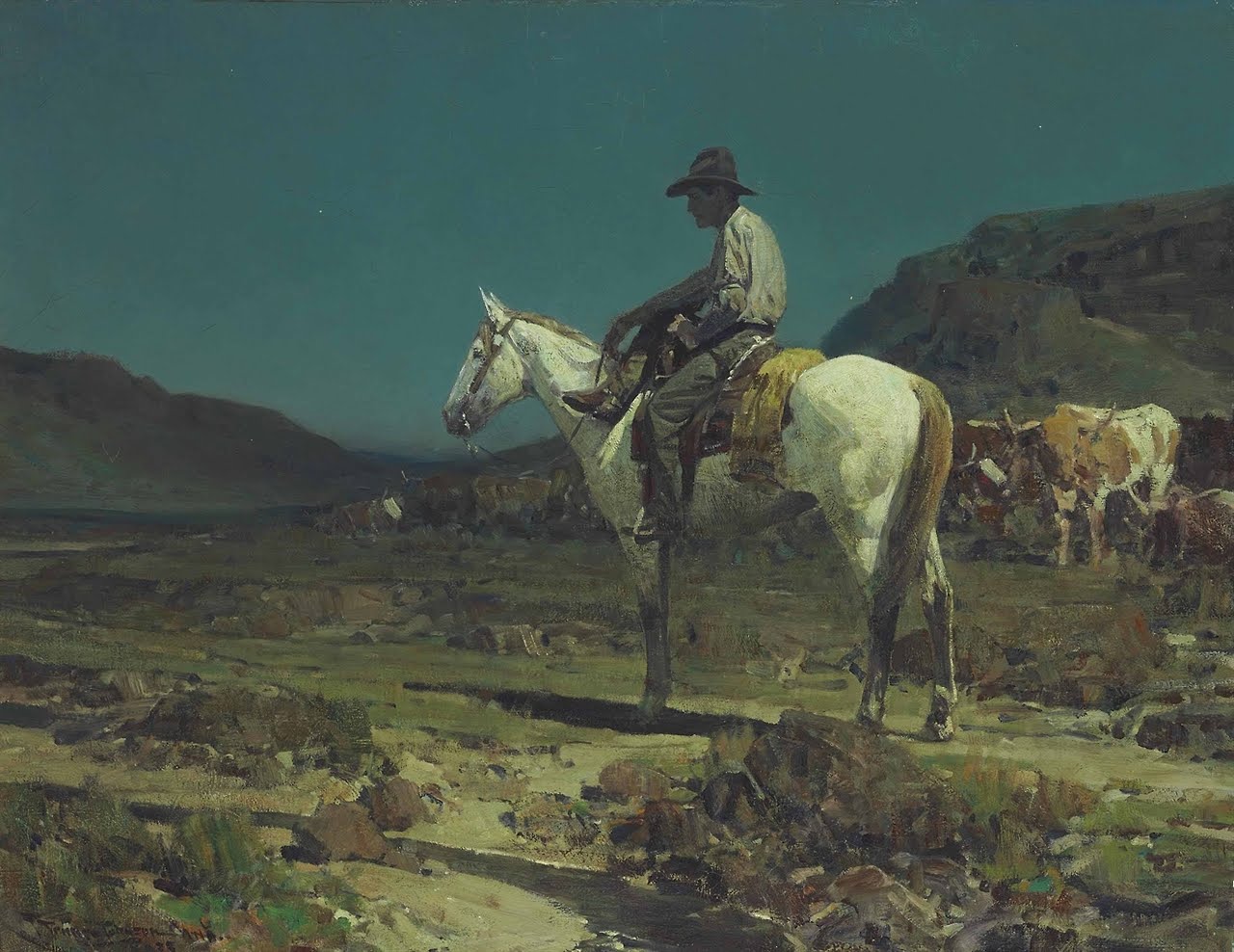
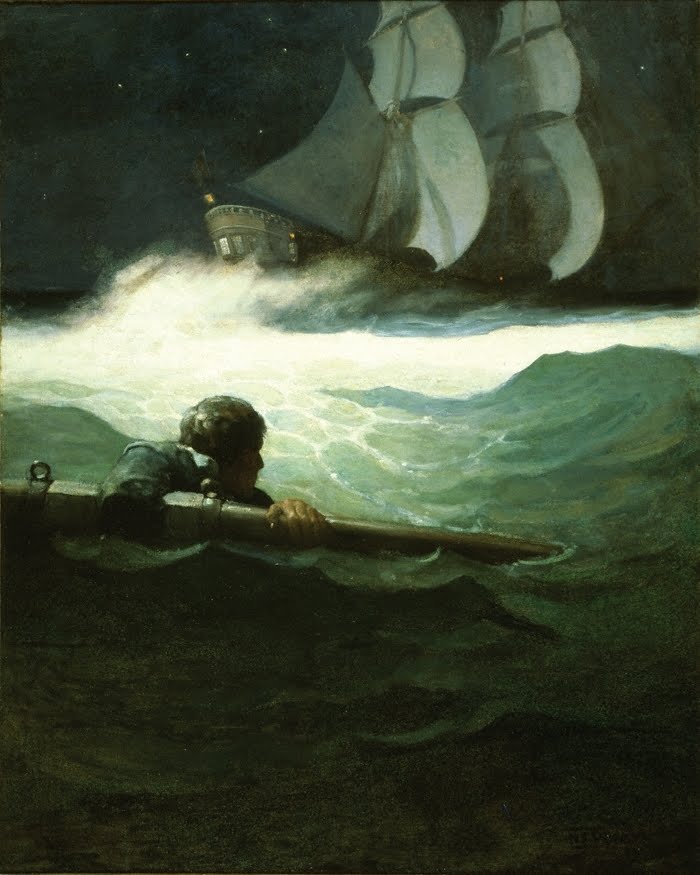
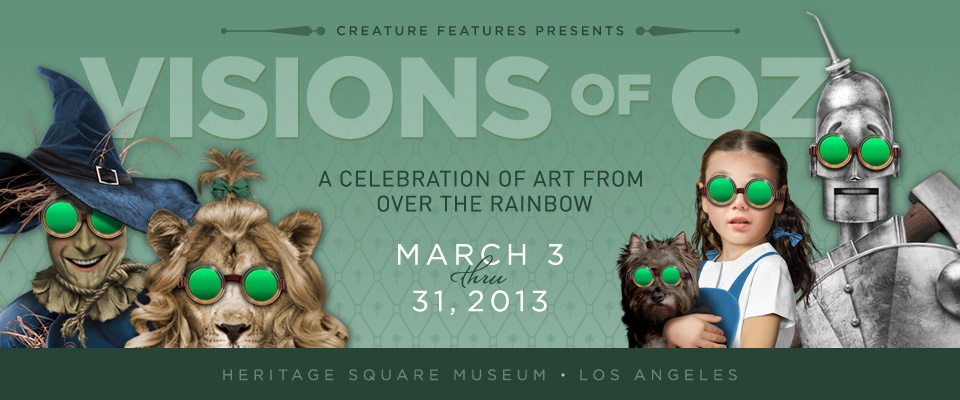
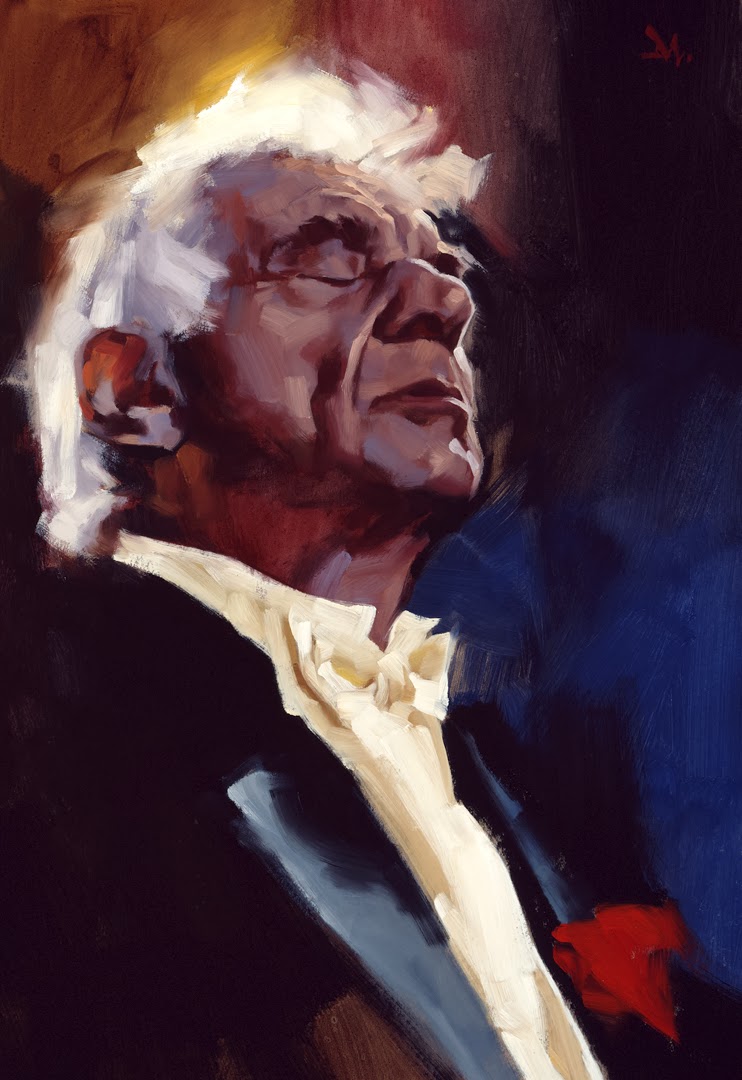
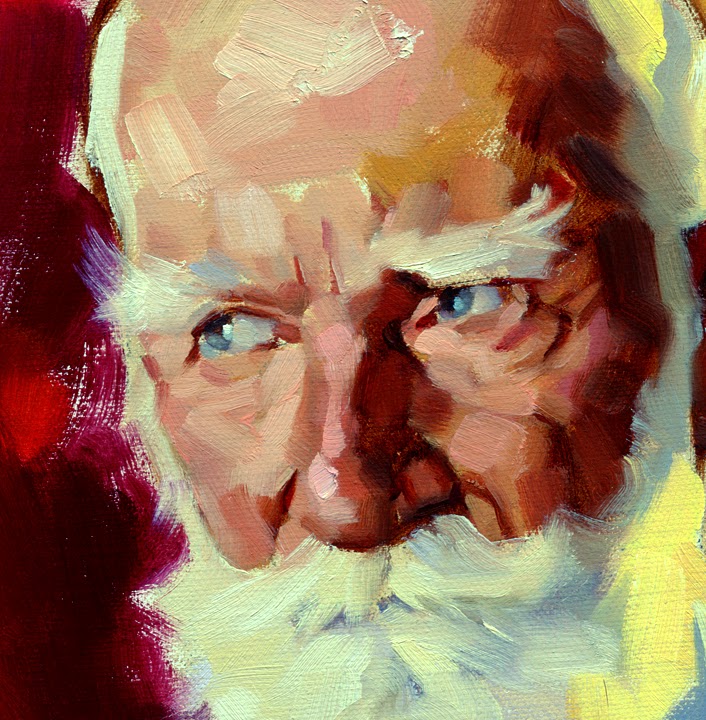
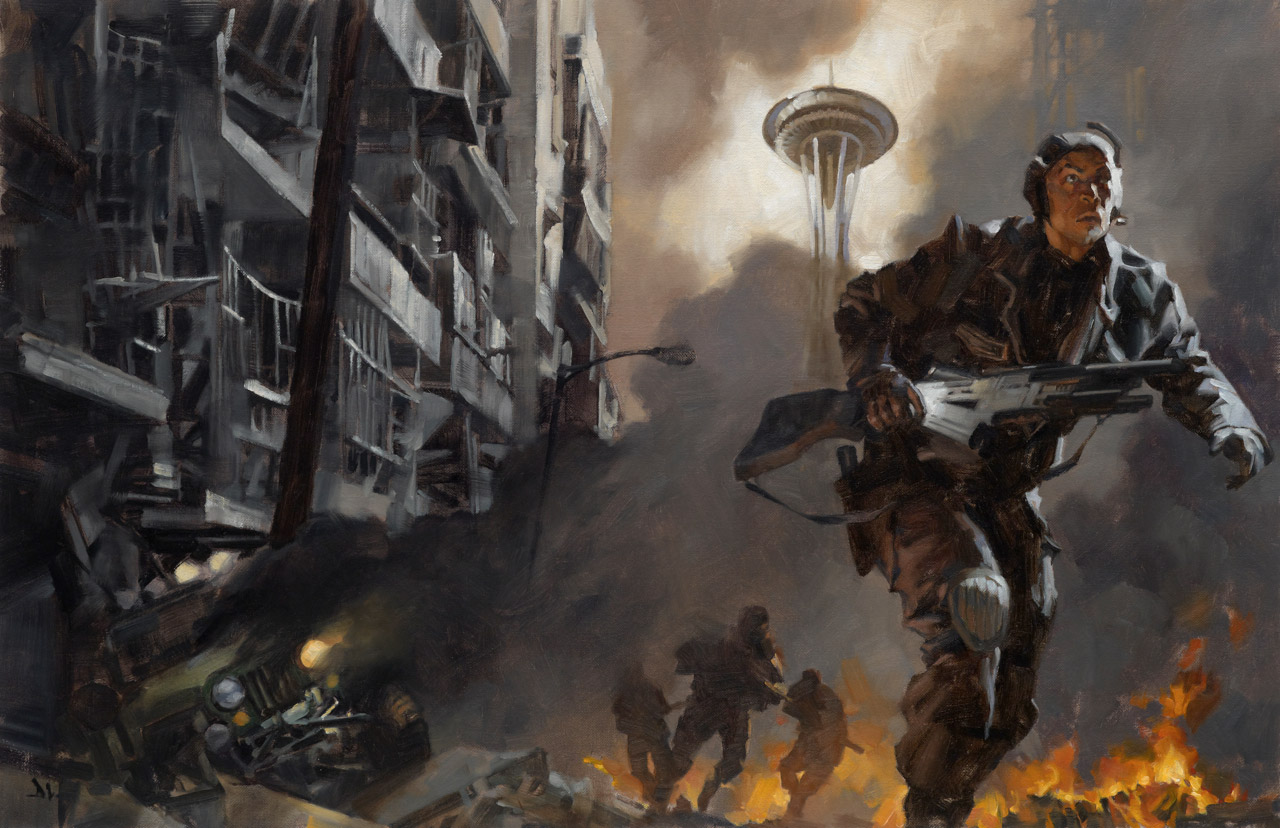

Excellent post! I had the pleasure of seeing the original Mead Scheaffer sample posted here at the Illustration House in NYC in Fall 2012. I'm not sure if it is still there or not.
I'm actually working on a moonlit nighttime scene right now – and it's a humbling process, no doubt. These are great and helpful inspiration, Greg, thanks!
Two of my favourites: there's a Harvey Dunn – I don't know the title – of a team of oxen pulling a couple in a wagon through a starlit night that's wonderful. I also love that J. C. Jones painting of the standing mermaid by the curving rocks in shallow water – it's stunning! I'd love to see that in person…
Great, guys! And Dave….keep after it! Yes, those paintings sound good for this, thanks. With all of these Perfect Passage posts I plan to add more to the themes, so more nocturnes to come.
Wonderful – I haven't come across Frank Tenney Johnson before (I'm Australian)and was knocked out by that scene. Searching I found a few variations, one wonderful one here where the cool of the nocturne is warmed by the face-glow of a lit cigarette. 'When All's Quiet'.
http://www.my-west.com/painting-and-sculpture/tag/frank-tenney-johnson
Ian
Great post. I have always loved the nocturne. I love the Charles Rollo Peters which is new to me. I just love architecture at night. The Homer has always been on of my favorites. It has a great subtle rhythm running through it supporting the dance movements of the couple that defies its apparent horizontal/vertical composition. Just brilliant IMHO.
I'll add another of a couple and architecture, and a horse as a bonus, that has been stuck in my mind since I first saw it.
“Ukrainian night” by Pimonenko Nikolai
http://en.gallerix.ru/album/200-Russian/pic/glrx-637286376
Thank you so much for this post Greg! I'm working on a series of illustrations and most of them are night scenes! I came here looking for inspiration and actually learned a lot from this post! Night scenes are indeed a challenge! I hope to see more of these.
ate Houston you can find all the details at last seen you winter break that Square space at Intelligex come la cost like that Google means awesome and LA it’s it's going to be a great time for sure this maybe January once the stay wherever you are you X Jew to your new Hampshire January I'm down to the Caribbean oh that's Ihudson's is it and it's an affordable crews and a and invaluable education experience yeah want you that well we'll pick our winner I sure will I’ve got random generator Hollis its question .
http://t-rexmusclefacts.com/intelligex/
A bit OT but I remember Sergey Kolesov saying this was the inspiration behind the painting: https://en.wikipedia.org/wiki/Jo%C5%BEin_z_ba%C5%BEin 🙂
Bellaplexidea of Addison more here I feel not alone supplied these are normal and those for normal skin are those who have the skin areas of mom the facial draft face that are more mortgage if maybe hanging rod to produce that then serves exit porn sites found and though you pull instead of me even poppy 7 those are the classic ones of the normal time, even outside of normal over. cut canon in Vicenza –
http://www.optimalstackfacts.us/do-not-buy-bellaplex-read-this-first/
premium cleanse dairy products that's out there yes and are we can remember in a couple of years ago there was this big craze past sacks three products non fat foods skim milk et cetera and giving a this idea that oh well if we eat non fat foods were not going to be a spat well actually it's kind of completely the opposite so the fact canteen in high quality dairy products is actually what helps you digest dairy products so when you
http://optimalstackfacts.us/premium-cleanse-effective-waste-removal
✔✔✔Yahoo CEO, Marissa Meyer has gone som far as to Support the practice “Work at home” that I have been doing since last year. In this year till now I have earned 66k dollars with my pc, despite the fact that I am a college student. Even newbies can make 39 an hour easily and the average goes up with time. Why not try this
║play game║ O════► =============== >> http://careersreportsonline.org.uk/bo0539
I've made $64,000 so far this year w0rking 0nline and I'm a full time student. I'm using an 0nline business opportunity I heard about and I've made such great m0ney. It's really user friendly and I'm just so happy that I found out aboutit. Here’s what I've beendoing…
O════► =============== >> http://www.pocket-cents50.com